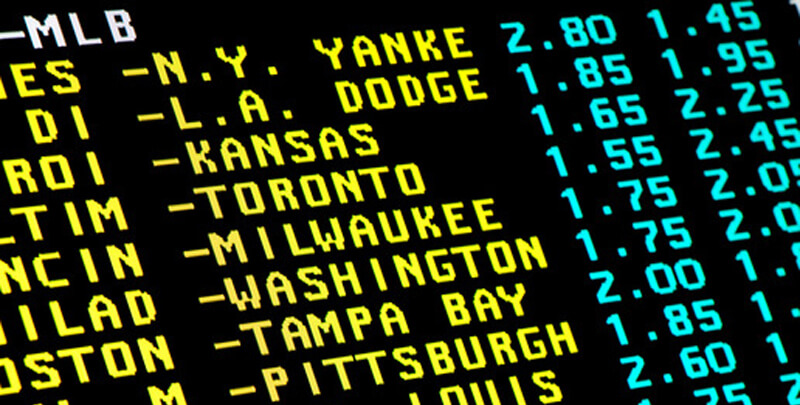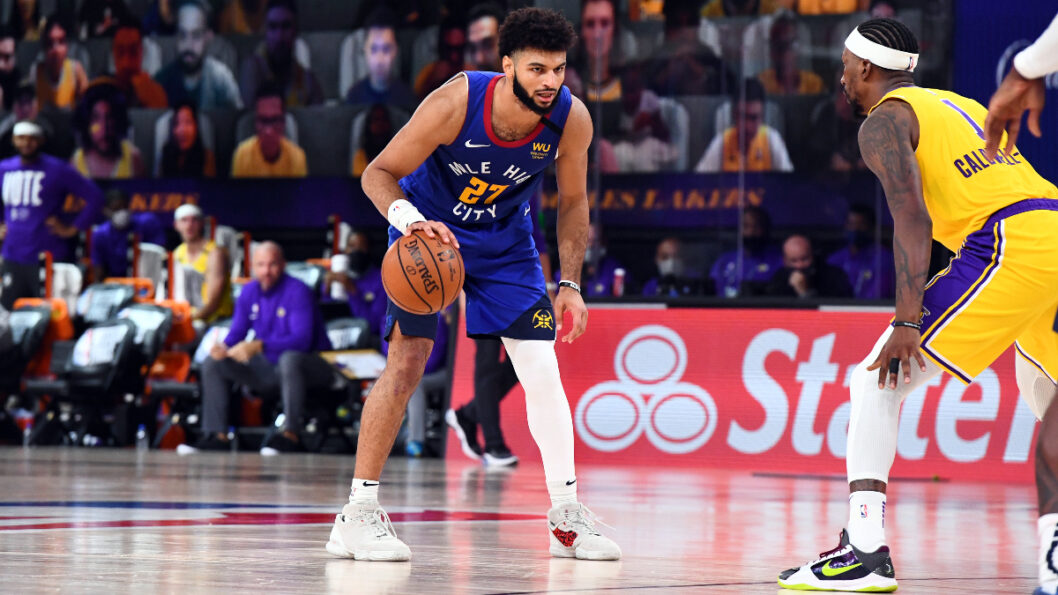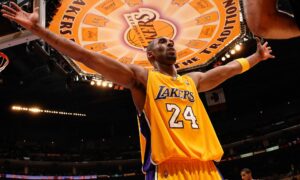Those who work in the near-delivery industry have probably heard of such terms as “bigmarket” and “smolmarket. Not everyone knows what they are, though. If they do know, it is a very limited layer of players, and deep understanding of the features, advantages and disadvantages associated with these terms, have only a few percent of the total mass of bettors. In this review, we will fill this knowledge gap.
Even a little knowledge of English is enough to understand the literal translation of the terms bigmarket and smallmarket. What does it mean? Firstly, “market” is a synonym for the type of bets, blocks of specific bets. For example, the main outcomes of a match, totals, handicaps, goals and so on are all markets.
What is meant when they say: a “big” or “small” betting market. Under these concepts are combined types of bets with certain properties. Parameters are first of all limits The second indirect attribute is the size of the margin.
It refers to the upper limits of the bookmaker’s office. How much money a bookmaker allows a single time, in one coupon for a particular type of betting. An attentive bettor might notice that the office allows betting on some outcomes for more than a few millions, while for other outcomes – only a few thousand. Actually, these are the big and small markets. Maximum limits are a sign of a big market. Modest caps are indicative of a small market. Margin is exactly the opposite. Bigmarkets usually have minimal margins, while smallmarkets have significantly higher ones.
What parameters regulate the assignment of high limits, and which lead to their reduction? What makes the offices reduce the margin in some cases, and significantly increase it in others? The answer is event awareness. There are a lot of sporting events going on in the world. Bookmakers strive to cover as much of it as possible. The desire for great coverage is dictated by the desire to attract as many players as possible, as well as the desire not to admit small local competitors to unoccupied niches. In this case, the analytical department of a bookmaker’s office, with all its software, cannot equally qualitatively analyze the matches from all over the world, from the top leagues to the bottom of the amateur sports. Naturally, the lion’s share of resources goes to those championships and games where most of the players’ money is concentrated. As bettor interest and cash flow wanes, bookmakers conduct more general, superficial analysis, increasingly based on statistics rather than any weightier factors. The calculation is that most players who wander into the betting section on out-of-town leagues will use exactly the same statistical calculations, and therefore will not be able to gain an advantage over the line.
But what if a group of experienced bettors began to specialize in the lower leagues? They will analyze in detail the composition of teams, tournament nuances, track information from the local media, social networks, close to the sports personalities of the local level. With the same limits as in the leading leagues, these guys will be able to significantly reduce the total earnings of bookmakers, taking advantage of their oversights and superficial analysis. Here, in order to combat this phenomenon and there is a division of the entire bookmaker’s roster into big markets and small markets. The big markets focus on the public and analysts, the limits are maximum, and the margins are small. In contrast, in small markets, limits are severely underestimated and margins can be as low as 10% instead of the usual 2.5-5.5%. These tricks are designed to cool down the ardor of professional players who want to bilk the bookie in uncharted territory. As you guessed, these are unpleasant nuances, but they don’t stop anyone. If you look at the betting community carefully, it strikes you that the tougher, more experienced player, the more out-of-town tournaments and leagues he specializes in. And they should, because the gaze of bookmakers is weaker there, and it is much easier to find big distortions in the line. Profits can be achieved even in spite of limits and margins. Especially since there are methods of smoothing out these negative phenomena.
Next, let’s look at examples of big markets and small markets. We will focus on their advantages and disadvantages. Let’s analyze the key small markets in popular sports.
BIG MARKETS AND SMALL MARKETS IN THE MAINLINE

Source: bigonsports.com
Under the main line we mean bets on the results of matches, as well as basic totals and handicaps. The list of conditions displayed in the main line may vary from one bookmaker to another. However, the general point is the same. The classics of the main line on the soccer can be recognized, for example, an entry with the following markets:
Main outcome: P1 – X – P2
Double odds: 1X – 12 – 2X.
Handicap 1 – Handicap 2: F1 (-n) – F2 (+n)
More – less: ТМ 2.5 – TB 2.5
Will it be big markets or small markets, is determined by the status of the particular championship. If you take examples from soccer, the Champions League games, the English Championship (APL), the Bundesliga, Serie A, the Primera – it will be unambiguous big markets. But some sixth league in England will be a typical small market. The same applies to the lower divisions of all countries. Some top divisions, tournaments of small countries by the standards of the soccer world will also be quoted as tsemolmarkets.
There are intermediate options as well. You could see from the top leagues of some of the top soccer countries, limits drop in the second division, even stronger in the third, and so on.
BIG-MARKETS AND SMALL-MARKETS WITHIN THE SAME MATCH

Source: sportsbettingguide.com
The bookmaker’s list of matches is not limited to the main line. Many bookmakers offer an extensive list of markets, up to very strange, even exotic. So the small market can be present and as part of the list of quite top match. For example, various statistical indicators: corners, yellow cards in soccer, will have much smaller limits than bets on wins or totals in the same game. And there are such examples in any sport. We will get to them later.
Another indirect sign of the small market is the decrease in the very number of outcomes offered. An office may even give only 5 odds for some very fringe events while the top events may have over 500.
IN-PLAY AND PRE-MATCH
Also according to different rules the listings for the same events in pre-match and in-play modes are formed. Quotes in the live mode are moved by the program, an algorithm. It is simply physically impossible to manually change hundreds of indicators in hundreds of parallel events. It is clear that this is one more bottleneck, where a professional player can find errors in quotes and use them. Because of this, the in-play limits on the same outcomes are lower than they were before the game. Also, the line is usually already, some outcomes are not taken at all after the starting whistle. Another point is the margin. It is usually higher in the live, even in the most popular competitions.
ADVANTAGES

Source: actionnetwork.com
Let’s summarize the advantages of small markets.
The minimum attention of bookmaker’s analysts creates a lot of mistakes and distortions of quotes that are not found in the top sporting events and championships. This allows, like nowhere else, to play the foolish bets, with an edge that far outstrips even the high margin. To do this, it is necessary to find a contradiction between the odds, which are 90% based on the bare statistics, and those major factors that the bettor could dig up. These may include data on injuries and illnesses of players, rotation of the coaching staff, long and uncomfortable journey to an away game, conflicts in teams, the special mood of opponents, the referees’ bias, weather and field conditions, and much more.
Interested competent player can not only find more complete information about the matches, but also do it much earlier than the bookmaker. This opens up the opportunity to play the highest odds before they go under. It happens that some information does not reach the office at all. They don’t care. The main flow of money in the big markets. There they “mow the herd”. No one pays attention to a small loss somewhere on the small markets.
The forecaster may have insider information about the upcoming meetings. And we are not talking about scams in the form of selling supposedly match-fixing for 500 rubles through social networks. Connections among athletes and journalists of local leagues, allow to find out things that dramatically affect the outcome. Of course you have to bet on it with a limited number of people, because even a few thousand dollars oversize on the small markets can bring down the odds and arouse suspicion in the BK. You have to proceed with caution. This is another argument as to why no one will ever sell you information about a fixed match on the Internet. If there really is one, a very small circle of dedicated people have a headache as to how much to bet in order to avoid getting burned by the security service of the office and even get the winnings.
THE DISADVANTAGES

Source: 90min.coml
Playing on the Small markets, in addition to the obvious advantages, has its disadvantages.
Let’s just compare the odds on P1 – X2 in different leagues:
German Bundesliga: 1.43 – 3.08. 2.4% margin.
Russian Premier League: 1.42 – 2.90. Margin: 4.91%.
Czech Liga 1: 1.40 – 2.96. Margin: 5.21%.
Vietnam. Third League: 1.38 – 2.72. Margin: 9.23%.
As they say feel the difference. So choosing an office with the lowest margin for your chosen smolmarkets becomes a very relevant factor here.
The second disadvantage is the limits. However, in fact, this problem is relatively easy to circumvent. Many offices do not interfere with the execution of several coupons for the same event. Nothing prevents you from opening accounts in several betting shops and placing them in parallel. If the game is played cautiously, with the observance of financial strategy, not more than 5% of the bank, then usually the limits in several betting companies are enough.
Rapid “unloading” even of small amounts is already much more difficult than just limits. If any skew in the line is noticed by several professional analysts at the same time, the entire overshoot will be leveled very quickly, and someone may not even have time to bet. So it is necessary not to flick your beak.
Difficulties are watching the matches and collecting statistics. It can be hard to find broadcasts from very modest leagues. It is necessary to prepare, to select sources for matches. Find sites with broadcasts and statistics, social network profiles of the teams involved, players, sports journalists and club owners.
Source: Bookmakeradvisor


















